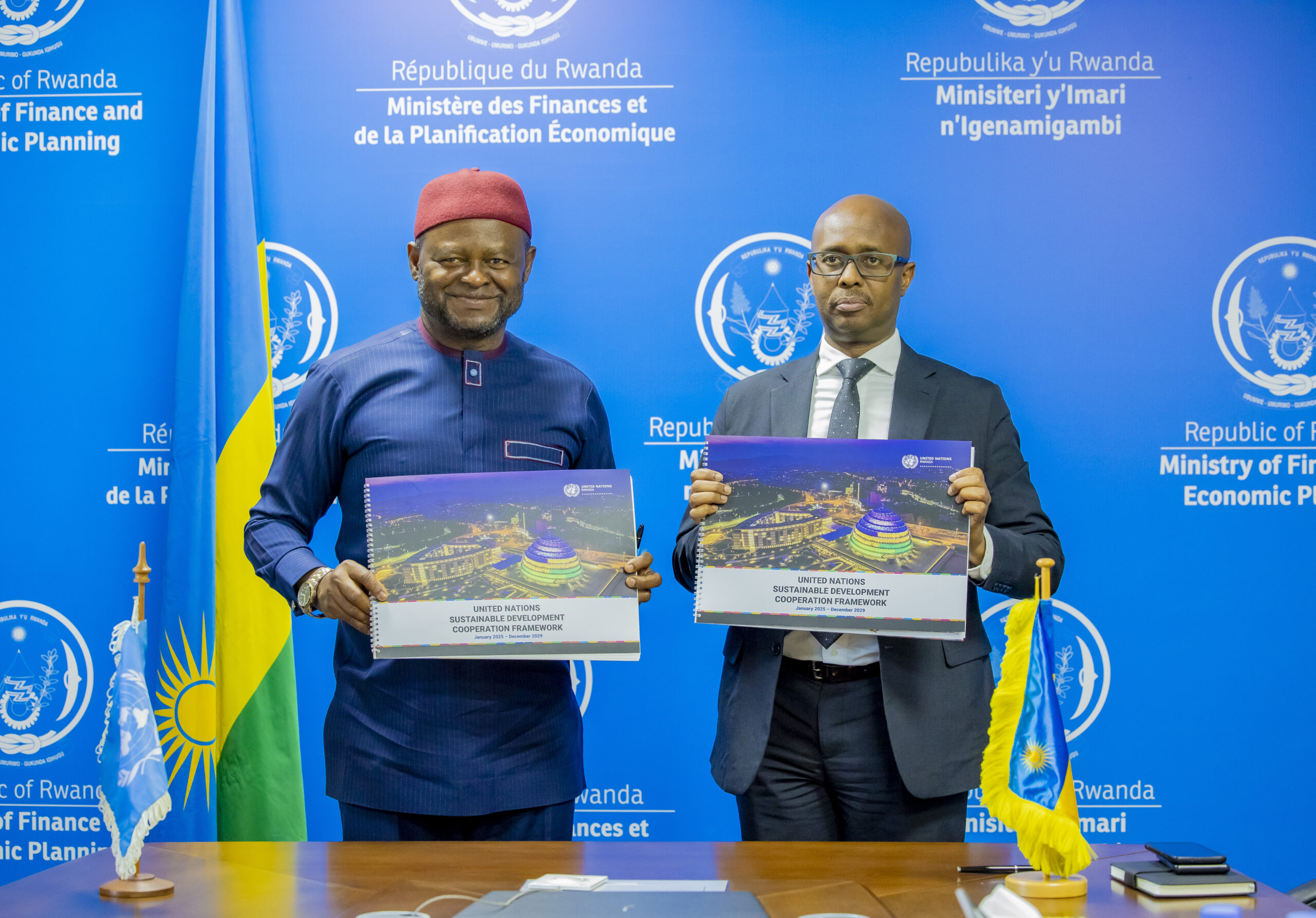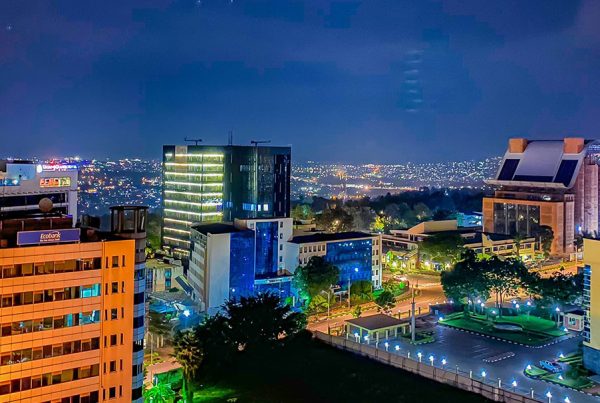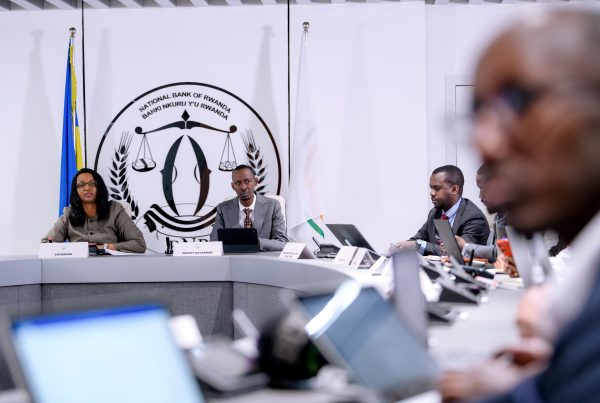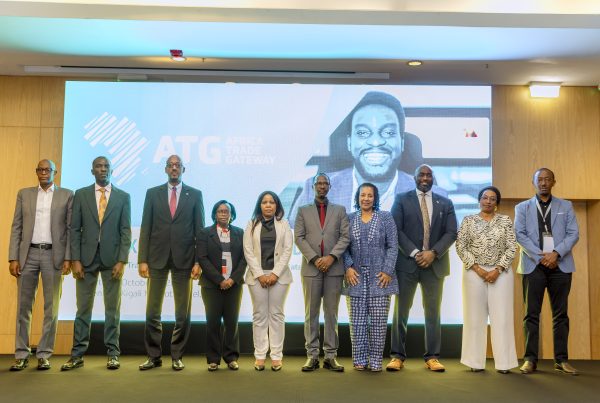Rwanda has signed a new $1.04 billion development pact with the United Nations aimed at accelerating the country’s inclusive growth and resilience agenda through 2029, as the East African nation sharpens its focus on sustainable economic transformation in the final stretch toward the global 2030 goals.
The five-year United Nations Sustainable Development Cooperation Framework was signed Monday in Kigali by Finance Minister Yusuf Murangwa and UN Resident Coordinator Ozonnia Ojielo. The agreement lays out joint priorities including job-rich growth, human capital development, and governance reforms, underpinned by climate adaptation, gender equity, and innovation.
“This new Framework is a testament to our enduring partnership with the United Nations and to Rwanda’s vision for a more inclusive, prosperous, and sustainable future,” Murangwa said at the ceremony, highlighting the country’s alignment with the SDGs and its national development blueprint, Vision 2050.
The funding, spread across joint programs, blended finance, and multi-stakeholder partnerships, will support Rwanda’s Second National Strategy for Transformation, a medium-term plan that targets structural change through digital expansion, green growth, and youth employment.
UN’s Ojielo said the framework reaffirms the agency’s “Delivering as One” model and anchors development cooperation in national priorities. “It is both a call to action and a platform for results,” he said. The initiative was crafted through broad consultations with over 50 institutions, including government agencies, UN bodies, and civil society actors.
The deal comes as Rwanda positions itself as a policy innovation leader on the continent, with growing ambitions in climate finance, tech-enabled service delivery, and inclusive governance. It also reflects growing pressure on development partners to deliver impact amid shrinking aid budgets and rising global crises.
With just five years left to meet the UN’s 2030 agenda, the Rwanda-UN pact signals a shift from planning to execution, aiming to close financing gaps and deliver tangible results for communities most at risk of being left behind.





